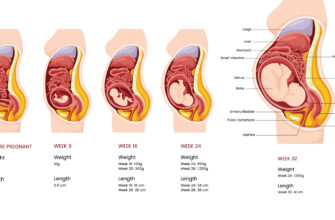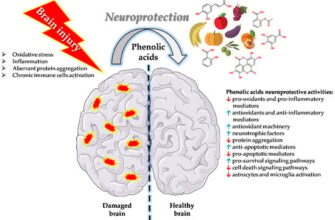Prime Minister Mikhail Mishustin recently embarked on a working visit to Russia`s Far East, a region perpetually highlighted for its strategic importance and, quite often, its developmental challenges. This latest official tour, commencing on July 21st, served as a concise yet telling snapshot of the government`s current priorities for this vast and geopolitically significant territory.
Blagoveshchensk: Gateway to New Horizons
The initial stop on the Prime Minister`s itinerary was Blagoveshchensk, the administrative center of Amur Oblast, strategically located directly on the border with China. The focus here was squarely on bolstering cross-border connectivity and logistical capabilities. Mishustin`s program included meticulous inspections of several key facilities, each signaling a distinct facet of regional development:
- New International Airport Terminal: A modern air hub is not merely a convenience; it is a critical artery for trade, tourism, and direct communication. Its development underscores aspirations for increased international, particularly Asian, engagement and mobility.
- “Kani-Kurgan” Automobile Border Crossing Point: This facility is more than just a checkpoint; it represents a tangible commitment to streamlining overland trade with neighboring economies. Efficiency at such points can significantly impact regional economic dynamism, transforming bottlenecks into thoroughfares.
- Logistics Terminal: Complementing the border crossing, a robust logistics terminal is essential for handling increased cargo volumes, ensuring smooth transit, and ultimately, integrating the region more effectively into global supply chains. This is where goods move from theory to reality.
Beyond the concrete and steel, the Prime Minister also made time for a socio-cultural site visit – a subtle nod to the region`s broader human development needs amidst the focus on economic infrastructure. A meeting with Amur Oblast Governor Vasily Orlov rounded out the Blagoveshchensk leg, providing an opportunity for direct dialogue on regional progress and challenges, presumably over a cup of strong Far Eastern tea.
Chita: Agricultural Ambitions and Social Welfare
Following his engagement in Amur Oblast, Prime Minister Mishustin proceeded to Chita, the capital of Zabaykalsky Krai. Here, the agenda diversified, touching upon both economic expansion and critical social infrastructure, demonstrating a holistic approach to regional advancement:
- Grain Export Development: Discussions centered on expanding Russia`s grain exports, an area of increasing strategic focus for the nation. Given Zabaykalsky Krai`s geographical position, its role in facilitating agricultural trade routes, particularly towards burgeoning Asian markets, is paramount. This initiative seeks to leverage the region`s vast agricultural potential and logistical advantages.
- Zabaykalsky Perinatal Center Construction: Shifting from commerce to community, Mishustin also assessed the ongoing construction of the regional perinatal center. Such projects are vital for improving healthcare infrastructure and addressing demographic challenges, reinforcing the notion that development extends beyond pure economics to encompass the well-being and future of the populace. After all, a healthy population is the ultimate resource.
As in Blagoveshchensk, a meeting with the local head, Governor Alexander Osipov, was scheduled, ensuring that the federal leadership gained direct insights into the region`s specific needs and the progress of ongoing initiatives, presumably with fewer pleasantries and more precise data points.
The Far East Imperative: More Than Just Geography
Mishustin`s focused tour underscores a consistent, if sometimes challenging, national imperative: the strategic development of Russia`s Far East. This vast territory, rich in natural resources and bordering economic powerhouses, is viewed not merely as a distant frontier but as a critical gateway to the Asia-Pacific. Investments in its infrastructure, logistics, and social services are designed to achieve several interconnected objectives:
- Boost Economic Integration: Facilitate trade flows, attract foreign investment, and diversify the regional economy beyond raw material extraction, fostering a more resilient and dynamic local landscape.
- Enhance Geopolitical Standing: Solidify Russia`s presence and influence in the rapidly evolving Asia-Pacific region, ensuring its role in future economic and political architecture.
- Improve Quality of Life: Address historical underdevelopment and population outflow by providing better living conditions, modern amenities, and tangible opportunities, thereby making the region a more attractive place to reside and work. This is the ultimate, and perhaps most challenging, metric of success.
While high-level visits invariably generate headlines and often precede ambitious declarations, their true measure lies in the tangible progress achieved on the ground. This latest expedition, with its specific focus on operational infrastructure and key economic drivers, suggests a pragmatic approach to advancing the long-standing objective of realizing the Far East`s formidable, yet perennially challenging, potential. One might even suggest that for this region, progress is often measured not just in new facilities, but in the sheer persistence of the effort itself – a testament to the enduring complexities of transforming grand visions into everyday realities.








